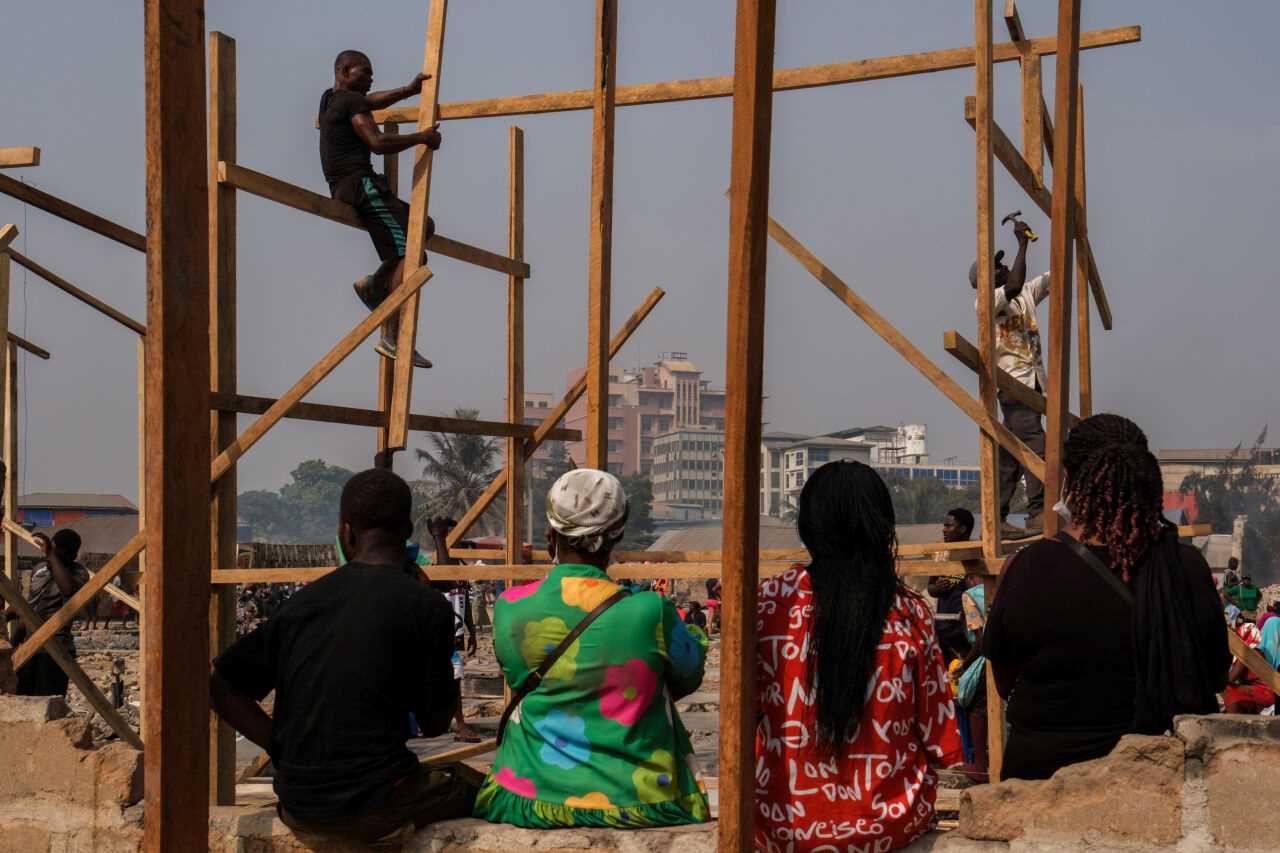Traffic
Uganda’s roads are not safe

Over the years, the Ugandan government has invested heavily in road infrastructure. Several roads have been upgraded from gravel to tarmac. This has been made possible by funding from the World Bank, EU, International Monetary Fund and the Chinese government through its belt and road initiative.
According to the Uganda National Roads Authority (UNRA), a total of 4793 kilometres (km) of new paved/tarmac roads have been constructed in the past 30 years and a total of 1924 km of existing dilapidated paved roads reconstructed.
Despite these efforts, the country still struggles with the maintenance of the roads. UNRA estimates that paved roads last on average for 15 years. Several challenges have been sighted for the quick breakdown of road infrastructure in Uganda. These include extreme weather conditions such as persistent rainfall that results in flooding, poor engineering road designs and corruption.
In Kampala, Uganda’s capital, the situation is most dire. Currently, Kampala has a road network of 2100 km. In the past months, Ugandans on social media, especially X (formerly Twitter), ran an online protest dubbed “Kampala pothole exhibition,” which sought to pressure the government to act and repair roads within the city. The citizens tweeted and shared embarrassing pictures depicting the poor state of roads in the city.
Spire Ssentongo, the activist who spearheaded the campaign, said: “It’s a protest because a lot has been said on fixing potholes in Kampala, many promises have been made and in some places year in and out, nothing has been done.” Ssentongo added: “Many people keep repairing their cars’ shock absorbers and broken bumpers yet they are paying taxes in the central business district where so much revenue comes from, but the city is abandoned.”
The KCCA acknowledges the challenges of poor roads in the city and blames the limited funds available to fix all the roads. In their estimation, the poor roads lead to a loss of close to $ 800 million annually in vehicle maintenance, close to $ 1.5 million a day is lost in travel time and traffic delays, while another $ 100 to $ 200 million is lost by businesses and damage to property each year.
Kimera Yanga, a motorcycle taxi operator in Kampala, commonly known as “boda boda,” says: “This city has perhaps the world’s worst roads. The potholes make driving dangerous as many motorists try to dodge the huge holes. On rainy days, we risk being washed away by floods.” He wonders why the government does not use the tax money to repair and improve roads in the city.
The African Development Bank has recently given Uganda $ 288 million to finance the reconstruction of 70 km of roads in Kampala. However, as the executive director of KCCA, Dorothy Kisaka says, “much more money is needed to fix the challenge of poor roads in Kampala”.
Sheillah Abaho is a Uganda writer based in Kampala.
sheilaabaho2@gmail.com













